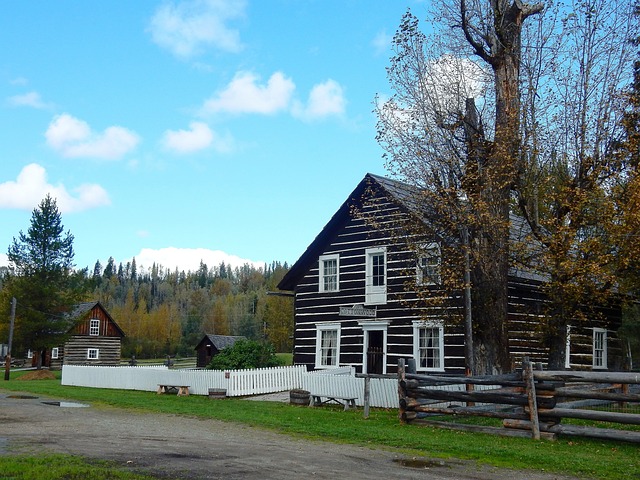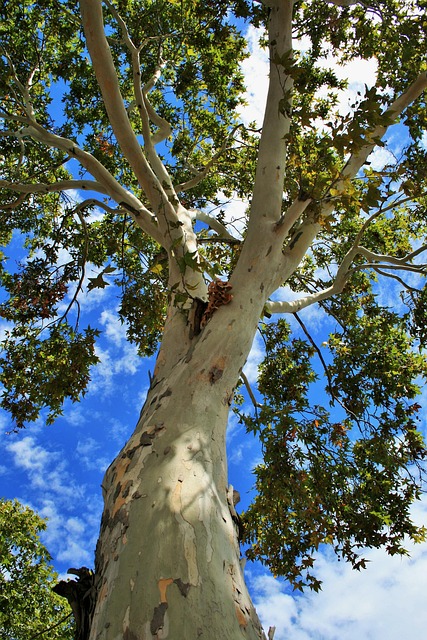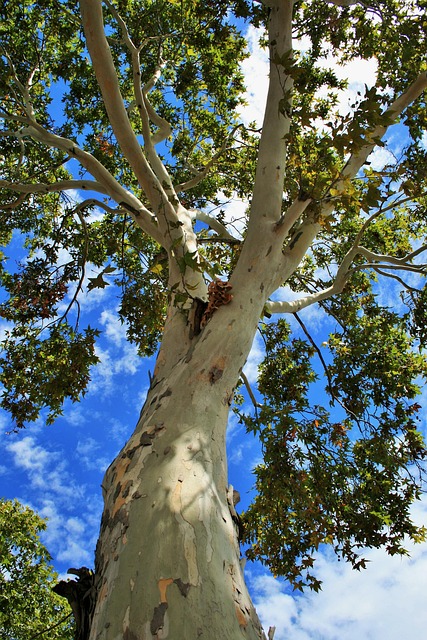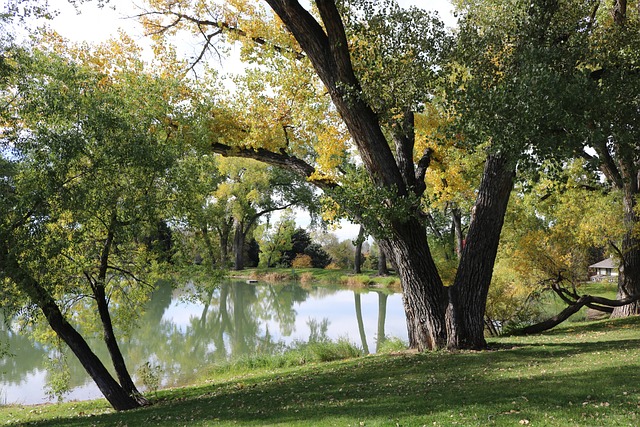Revitalizing Urban Spaces: Arts, Cuisine, and Real Estate Renaissance

The arts and culinary scene drive real estate development by transforming urban spaces into vibrant…….
In the vast landscape of modern industry and innovation, “Cottonwood” stands as a remarkable concept that has garnered significant attention and interest worldwide. This article aims to delve deep into the multifaceted world of Cottonwood, exploring its historical roots, global impact, economic significance, technological advancements, regulatory frameworks, and future prospects. By the end of this journey, readers will have a comprehensive understanding of this dynamic entity and its role in shaping various sectors.
Definition: Cottonwood refers to a sustainable and innovative approach towards material utilization, primarily focusing on natural resources such as wood and plant-based materials. It is an eco-conscious movement that promotes environmentally friendly practices throughout the supply chain, from sourcing to manufacturing.
Core Components:
The Cottonwood movement can trace its origins back to the growing global awareness of environmental conservation and sustainability in the late 20th century. As concerns about deforestation, climate change, and resource depletion escalated, there was a call for more responsible and eco-conscious practices within industries. This led to the birth of sustainable business models that later evolved into what we now know as Cottonwood.
Early adopters, including forward-thinking businesses and environmental advocates, recognized the potential of natural materials and their positive impact on the environment. They pioneered methods to make products from wood and plant fibers that were not only durable but also contributed to a healthier planet. Over time, these efforts gained momentum, leading to the global adoption and recognition of Cottonwood principles.
Cottonwood has left an indelible mark on various industries worldwide, driving significant changes in manufacturing, construction, textiles, and even agriculture. Its impact is evident across different regions:
Key Global Trends:
The economic landscape surrounding Cottonwood is complex and multifaceted, with various sectors experiencing both challenges and opportunities:
1. Sustainable Furniture Production (Nordic Countries): Scandinavian countries have mastered the art of creating high-quality, long-lasting furniture from local and sustainable wood sources. Companies like IKEA and Herman Miller offer extensively recycled and reclaimed wood products, reducing their environmental impact.
2. Organic Cotton Fashion (India): India’s cotton industry has embraced organic farming practices, ensuring pesticide-free cotton production. Brands like Bhane and Aakro are popularizing organic cotton clothing, catering to environmentally conscious consumers.
3. Wood-Based Construction (Canada): The construction sector in Canada is leveraging cross-laminated timber (CLT) for residential and commercial buildings. This innovative material offers excellent structural performance and reduced carbon emissions compared to traditional concrete and steel.
Cottonwood practices offer numerous environmental advantages:
While Cottonwood has achieved significant milestones, it faces several challenges:
Looking ahead, the future of Cottonwood appears promising. Advancements in technology, increasing consumer awareness, and supportive policy frameworks will continue to drive its growth. As the world shifts towards sustainability, Cottonwood is poised to become a mainstream approach, reshaping industries worldwide.
In conclusion, Cottonwood represents a holistic movement towards sustainable practices, offering solutions for environmental preservation and economic prosperity. By embracing natural materials and eco-conscious principles, this approach is leaving a positive footprint on our planet.

The arts and culinary scene drive real estate development by transforming urban spaces into vibrant…….

The Verde River in Arizona presents a prime real estate opportunity with its stunning landscape and…….

Exploring old towns reveals charming boutique shops with unique goods and historic character. These…….

Natural landscapes attract tourists seeking aesthetics and outdoor activities, boosting local econom…….

The real estate industry is transforming with arts and creativity as key drivers. Integrating artist…….

The Verde River in Arizona offers a unique blend of outdoor adventures and stunning landscapes, attr…….